It's your Monday VAR thread, looking at:
- Fabian Balbuena red card
- Callum Wilson handball (and reference to Luke Shaw)
- Arsenal penalty
- The little-known subjective element of offside
As usual, don't shoot the messenger.
- Fabian Balbuena red card
- Callum Wilson handball (and reference to Luke Shaw)
- Arsenal penalty
- The little-known subjective element of offside
As usual, don't shoot the messenger.
Let's start with Fabian Balbuena, it's just a really VAR intervention.
Referee Chris Kavanagh isn't blameless of course, but as I said with the Tomas Soucek red card vs. Fulham it's the VAR, Peter Bankes, who is the gatekeeper.

Referee Chris Kavanagh isn't blameless of course, but as I said with the Tomas Soucek red card vs. Fulham it's the VAR, Peter Bankes, who is the gatekeeper.

I've talked several times about referees lacking confidence as VARs, almost second guessing against their own vast experience and judgement.
This seemed the case here, with the VAR watching the incident so many times he convinced himself something was there that wasn't.
This seemed the case here, with the VAR watching the incident so many times he convinced himself something was there that wasn't.
Remember, the monitor is primarily for the referee to confirm he's made a clear and obvious error.
While he is still able to disagree with the VAR (it's happened 5 times this season), the process makes it unlikely.
So Chris Kavanagh will go the the screen in this mindset.
While he is still able to disagree with the VAR (it's happened 5 times this season), the process makes it unlikely.
So Chris Kavanagh will go the the screen in this mindset.
Chris Kavanagh, however, is one of the 5 referees to reject a pitchside review - after he had given Everton a penalty at Liverpool.
That is the only time a referee has rejected an overturn of a decision given (for the other 4, play on was the original call).
That is the only time a referee has rejected an overturn of a decision given (for the other 4, play on was the original call).
In reality, 115 times out of 120 in fact, the VAR is in control of reviews. It's his subjectivity which ultimately decides if an overturn happens.
And that's why it's absolutely crucial referees improve as VARs and use the instinct that their experience as referees gives them.
And that's why it's absolutely crucial referees improve as VARs and use the instinct that their experience as referees gives them.
By starting VAR late, and ignoring learnings of other leagues, Prem refs are 3 seasons behind in operating VAR with pitchside monitors.
It's shown more and more as the season has progressed. We should gone through this process last season, but we were put another year behind.
It's shown more and more as the season has progressed. We should gone through this process last season, but we were put another year behind.
This is just my opinion, but I suspect Peter Bankes' judgement was clouded by the recent red cards for Liam Cooper and John Stones - which have some similarities but are different in terms of the intensity and the players' level of control.
He was afraid of being inconsistent.


He was afraid of being inconsistent.
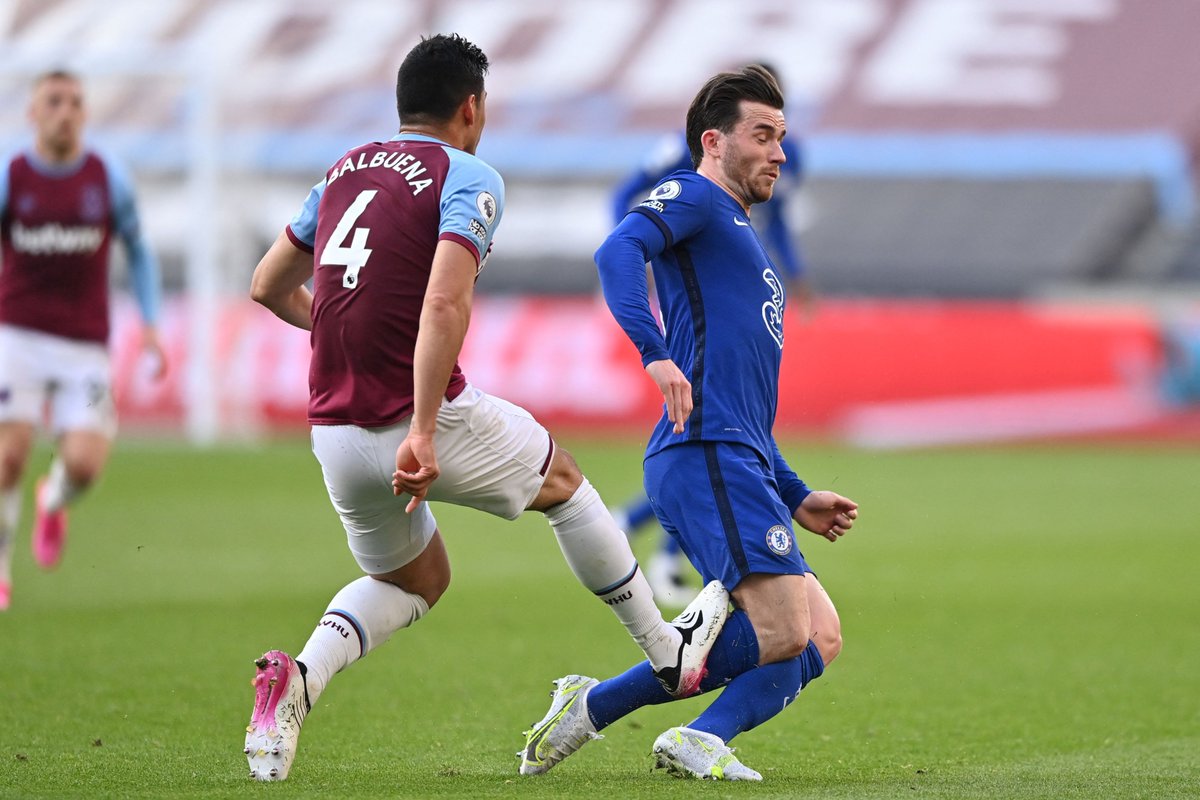


While intent is no longer in the laws, that doesn't mean all contact is a red card.
Balbuena's coming together with Ben Chilwell was nothing more than that.
And then we had another very similar incident later in the half... What was that about consistency?

Balbuena's coming together with Ben Chilwell was nothing more than that.
And then we had another very similar incident later in the half... What was that about consistency?
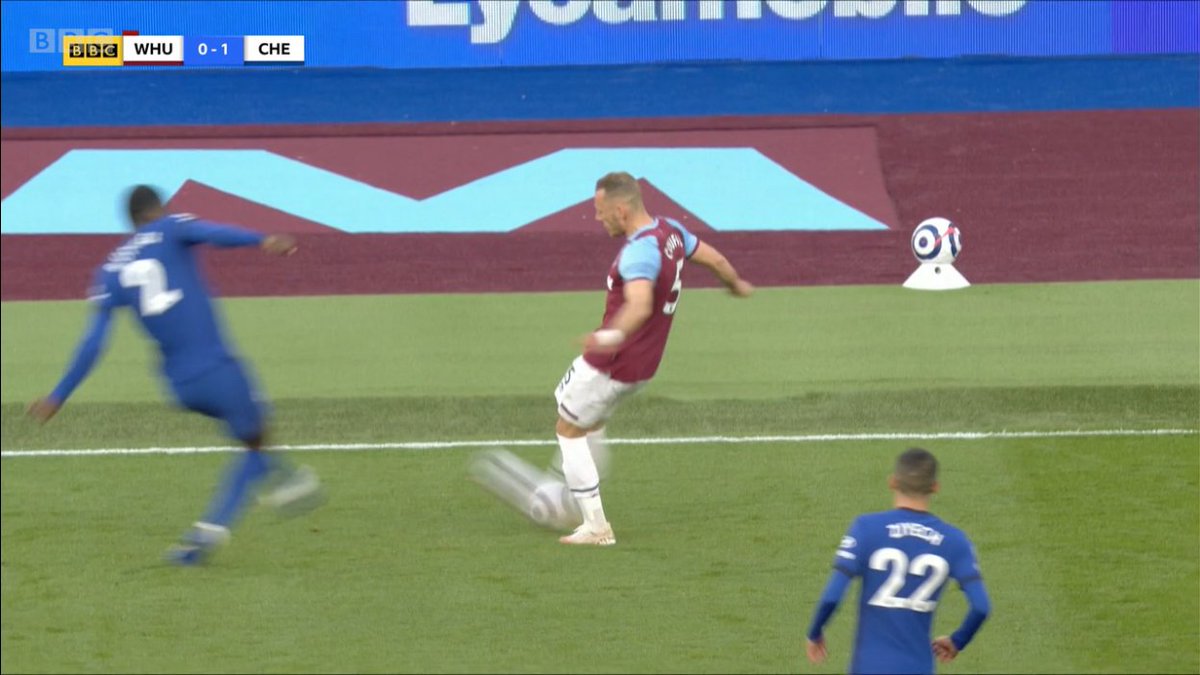
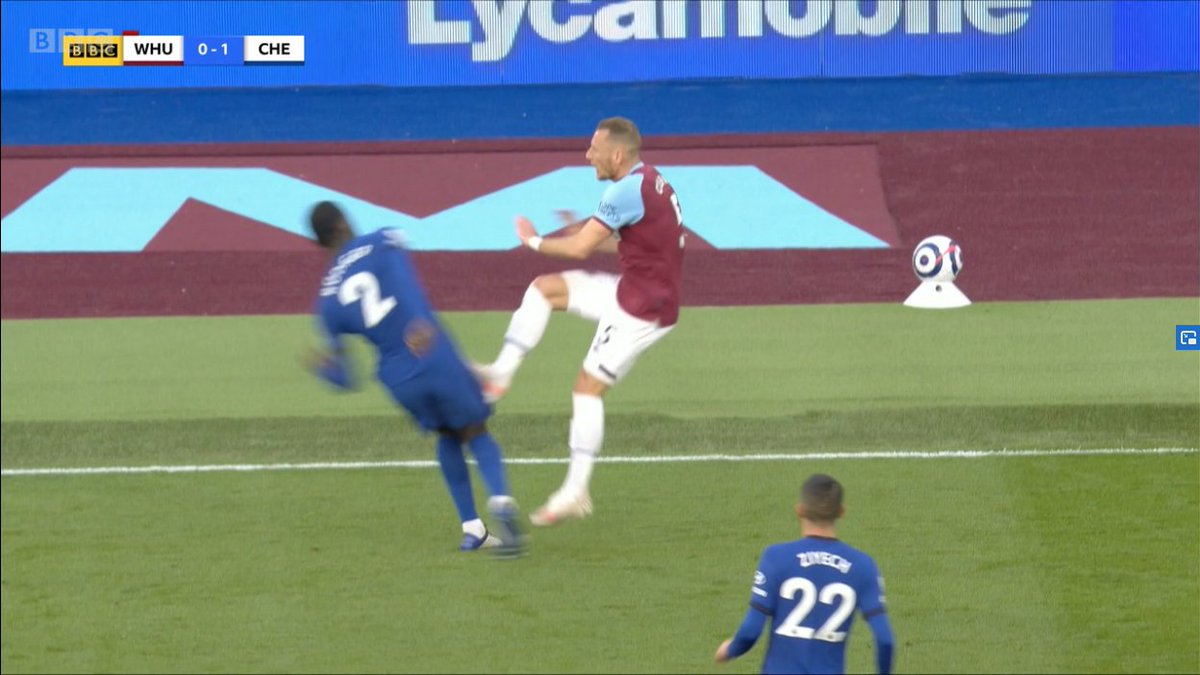
This should never gone to review, but once it has it's very difficult for Chris Kavanagh not to give the red on the evidence offered by the VAR, Peter Bankes.
Again, it comes back to the VAR being effective in their job as the gatekeeper in identifying clear and obvious errors.
Again, it comes back to the VAR being effective in their job as the gatekeeper in identifying clear and obvious errors.
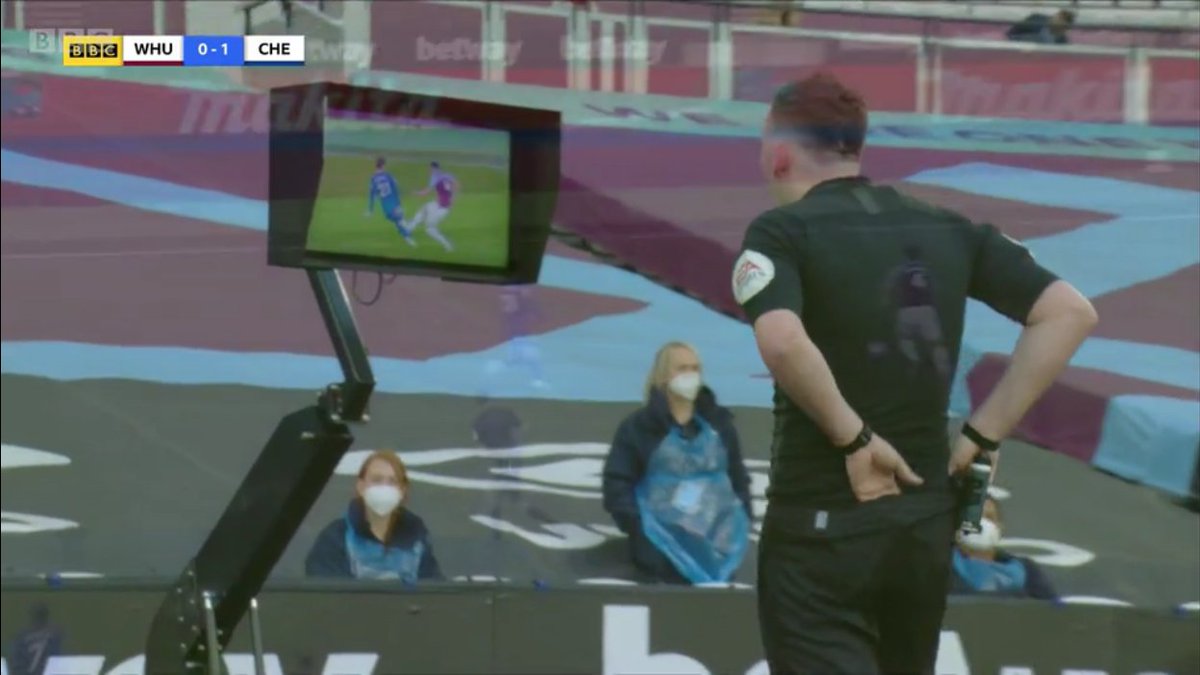
It reminded me of Dani Ceballos' challenge on Yerry Mina in December (no action by the VAR), which in many ways is worse because the Arsenal player is aware of where his opponent is.
Neither should be red cards.
Neither should be red cards.
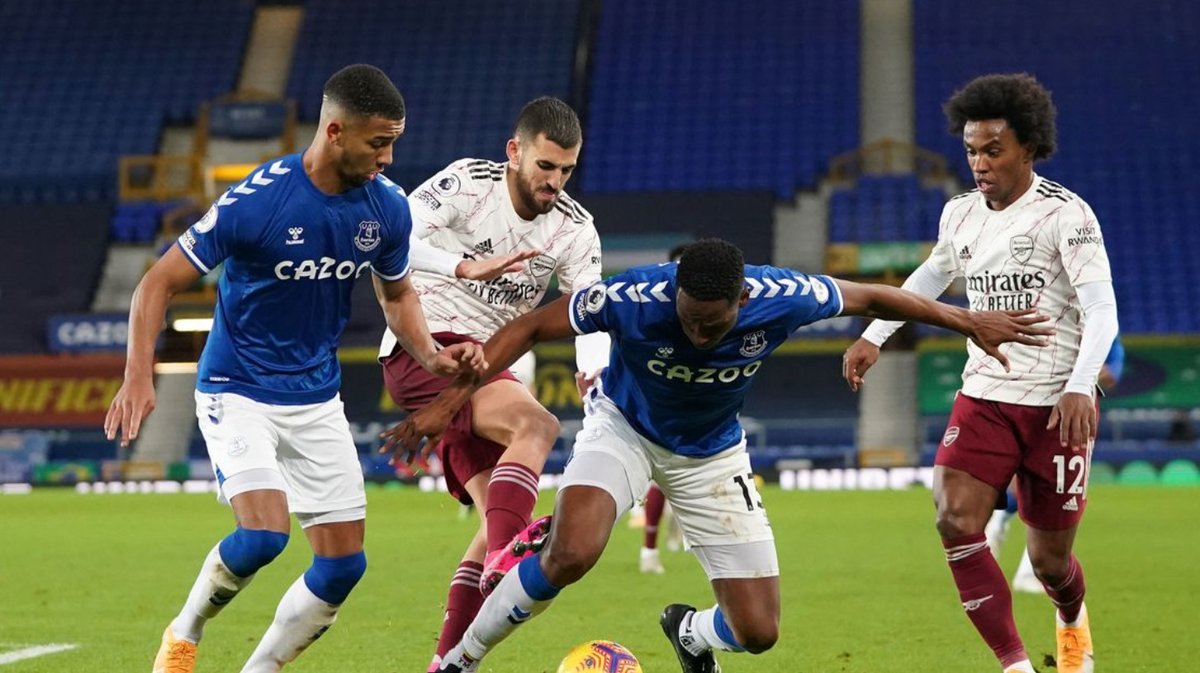
But check out this amazing VAR red card in Brazil, in the semifinals of the Copa Do Nordeste between Copa do Ceara and Vitoria.
VAR is only ever going to be as effective as those who operate it.
VAR is only ever going to be as effective as those who operate it.
Couple of tweets on Callum Wilson's disallowed goal. Contrary to some reports, this goal will still be ruled out next season.
A striker still cannot accidentally play the ball with his arm and then score, despite the law tweak. However, if an own goal followed it WOULD count.
A striker still cannot accidentally play the ball with his arm and then score, despite the law tweak. However, if an own goal followed it WOULD count.

The VAR checked the push by Trent Alexander-Arnold but didn't feel it was a penalty.
In a season of soft penalties I think that was the right call, but understand why Newcastle fans would think otherwise.
Talking of which.....
In a season of soft penalties I think that was the right call, but understand why Newcastle fans would think otherwise.
Talking of which.....
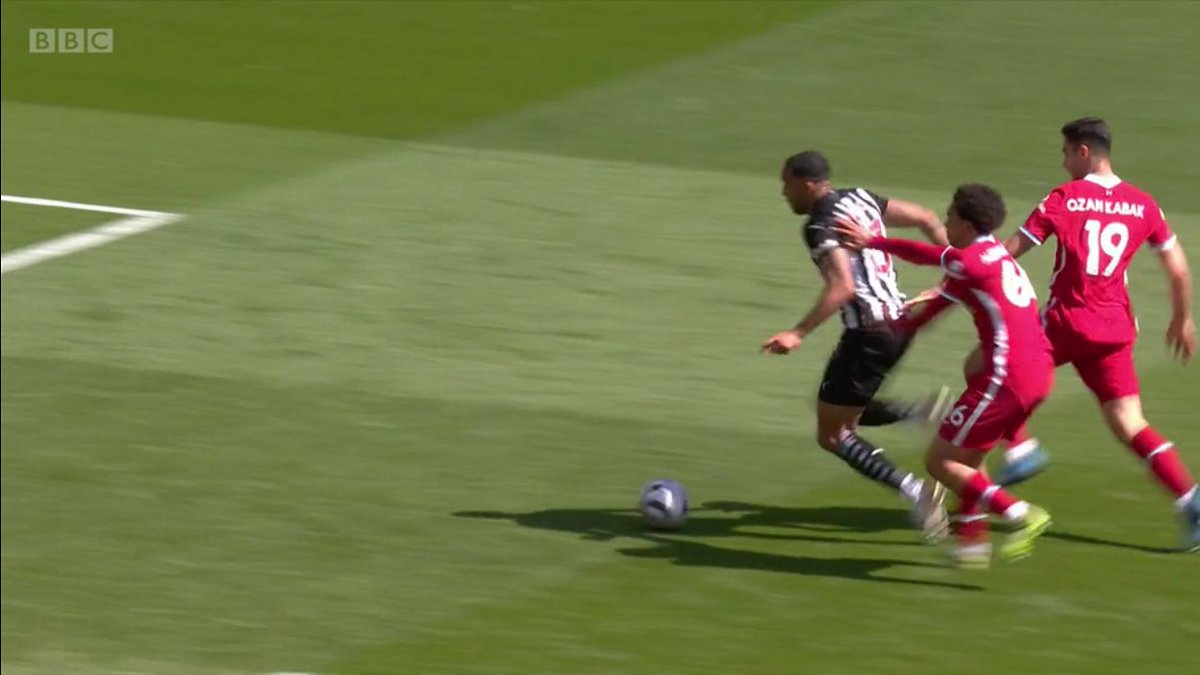
Onto the Arsenal penalty against Everton (cancelled for offside), which encapsulates why so many people are perplexed with VAR.
We would never previously expect this to be given, but this season if the ref gives a pen for any contact it stands.

We would never previously expect this to be given, but this season if the ref gives a pen for any contact it stands.

Of course, this isn't the only example of a soft penalty over the weekend.
There were two in the Villa vs. West Brom game, the worst being when Ainsley Maitland-Niles went down after Ezri Konsa brushed the top of his boot.
There were two in the Villa vs. West Brom game, the worst being when Ainsley Maitland-Niles went down after Ezri Konsa brushed the top of his boot.
Thing is, the VAR would never, bar rare examples (Welbeck), give these penalties. But the system also means the VAR will not rescind them as a clear and obvious error.
There's now been 108 pens this season, and the all-time Prem record is 112. But this is a Europe-wise issue.
There's now been 108 pens this season, and the all-time Prem record is 112. But this is a Europe-wise issue.
Penalties have always been more prevalent in the Latin leagues (Italy, Spain) but there has been a shift in England, France and Germany. Something has changed.
- Up 100% season on season in France
- Up 50% in Germany
- Up 37.5% in England
- Up 29% in UCL (to remarkable rate)
- Up 100% season on season in France
- Up 50% in Germany
- Up 37.5% in England
- Up 29% in UCL (to remarkable rate)
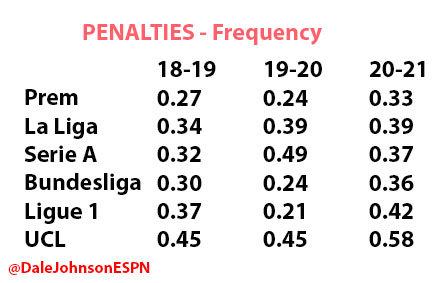
The heads of referees across the major leagues meet each summer, and regularly throughout the season, to discuss how the game is managed.
You have to feel there has been a collective decision to be stricter on contact in the penalty area.
You have to feel there has been a collective decision to be stricter on contact in the penalty area.
So now a mention of the offside aspect of the cancelled Arsenal penalty.
David Coote has disallowed three goals and a penalty for offside as the VAR, and three of those decisions have been among the most marginal possible.


David Coote has disallowed three goals and a penalty for offside as the VAR, and three of those decisions have been among the most marginal possible.

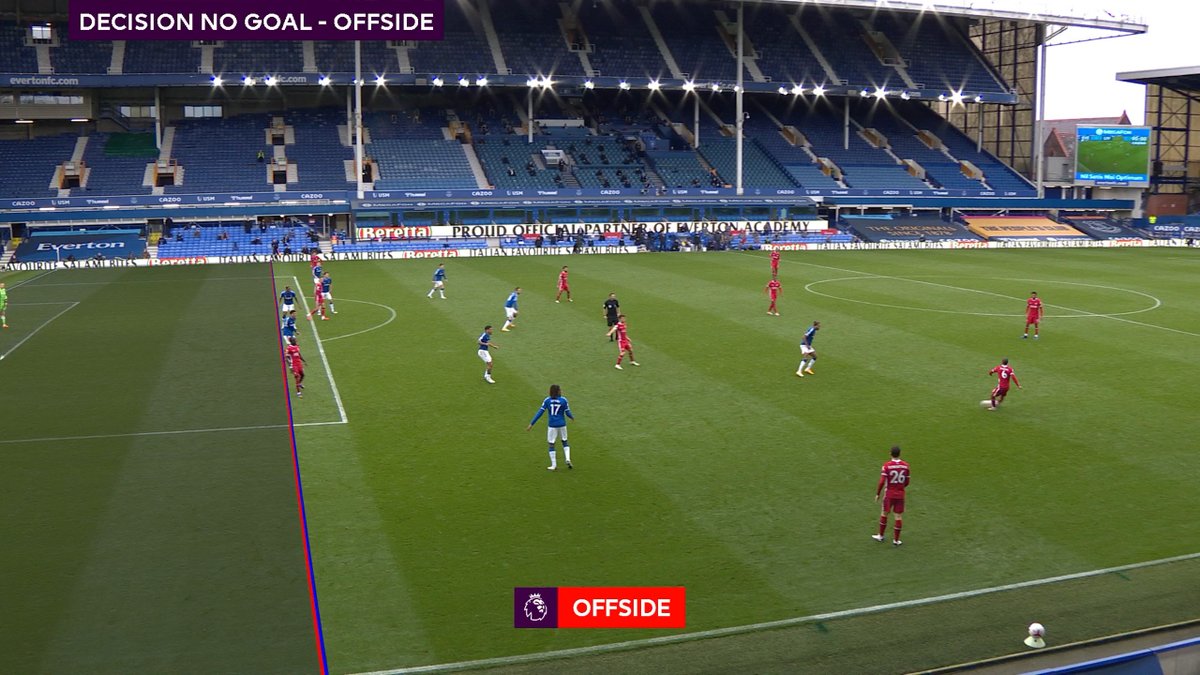
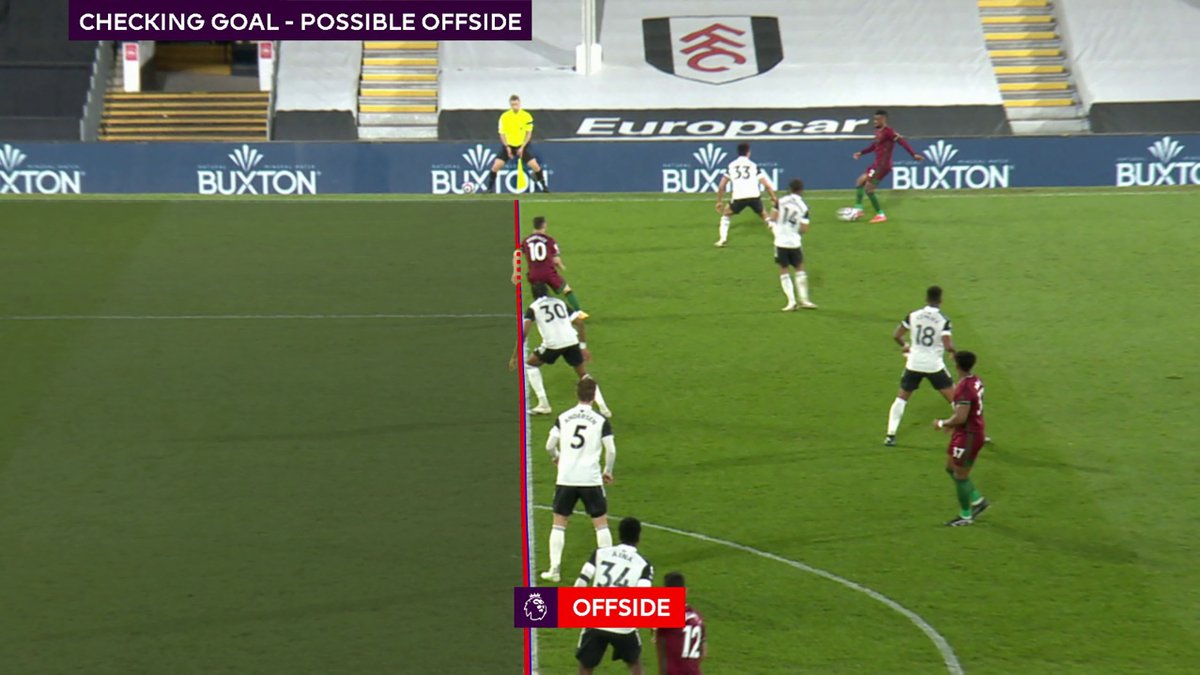
It's a little known fact that VAR offside has initial subjective elements:
- Phase
- No lines (use naked eye)
- Single pitch line
- Full tech with all lines
Obviously, some VARs (just as refs) are more pedantic than others.
So why is this important?
- Phase
- No lines (use naked eye)
- Single pitch line
- Full tech with all lines
Obviously, some VARs (just as refs) are more pedantic than others.
So why is this important?
On Attacking Phase, very few VARs would have given the Arsenal offside.
There was just under 14 seconds between the pass and the goal - the longest time for a VAR intervention this season.
David Coote could easily have let this go and no one would have had a clue it happened.
There was just under 14 seconds between the pass and the goal - the longest time for a VAR intervention this season.
David Coote could easily have let this go and no one would have had a clue it happened.
The same goes for applying the offside lines.
Another VAR would look at the image (without the lines) and decide it's not necessary to draw them. It's too close, stay with the field decision.
And that needs to happen more often, regardless of any tweaks for next season.
Another VAR would look at the image (without the lines) and decide it's not necessary to draw them. It's too close, stay with the field decision.
And that needs to happen more often, regardless of any tweaks for next season.
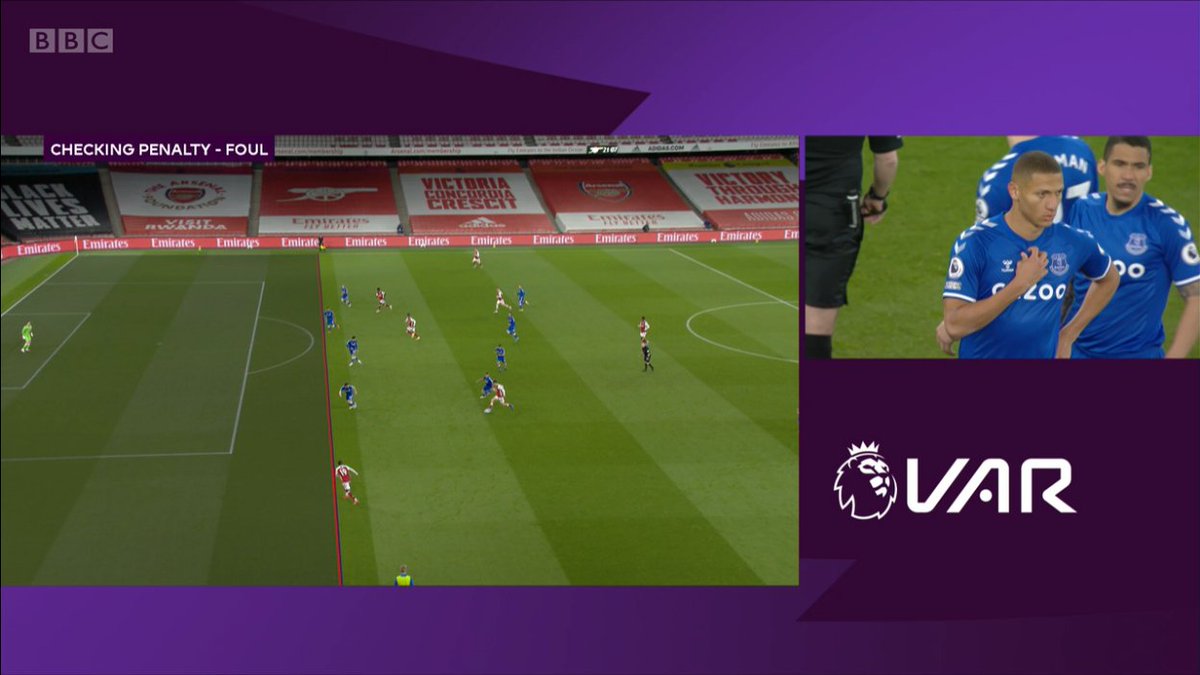
This is an example where the VAR (Simon Hooper) decided the offside for Issa Diop didn't need full tech calibration. He could have chosen to use it.
Hooper has only disallowed one goal for offside, and that was for Marcus Rashford being ahead of the ball. Not one using lines.

Hooper has only disallowed one goal for offside, and that was for Marcus Rashford being ahead of the ball. Not one using lines.
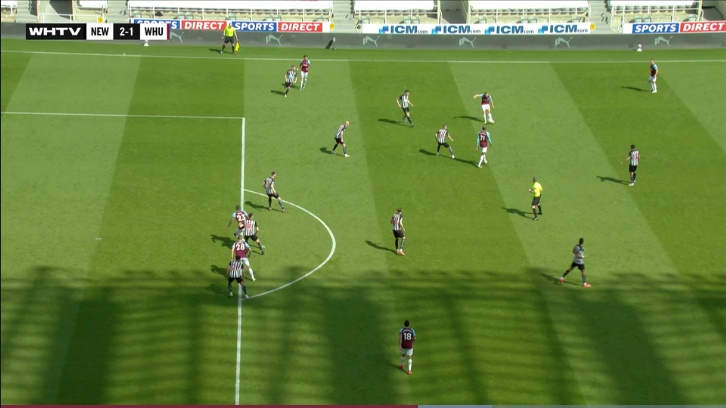

Finally, a quick switch to back to handball. Remember, defensive handball is different to attacking handball.
So while Wilson's is an automatic offence, Luke Shaw would need to have his arm in an unnatural position. This has consistently not been given as a handball penalty.



So while Wilson's is an automatic offence, Luke Shaw would need to have his arm in an unnatural position. This has consistently not been given as a handball penalty.
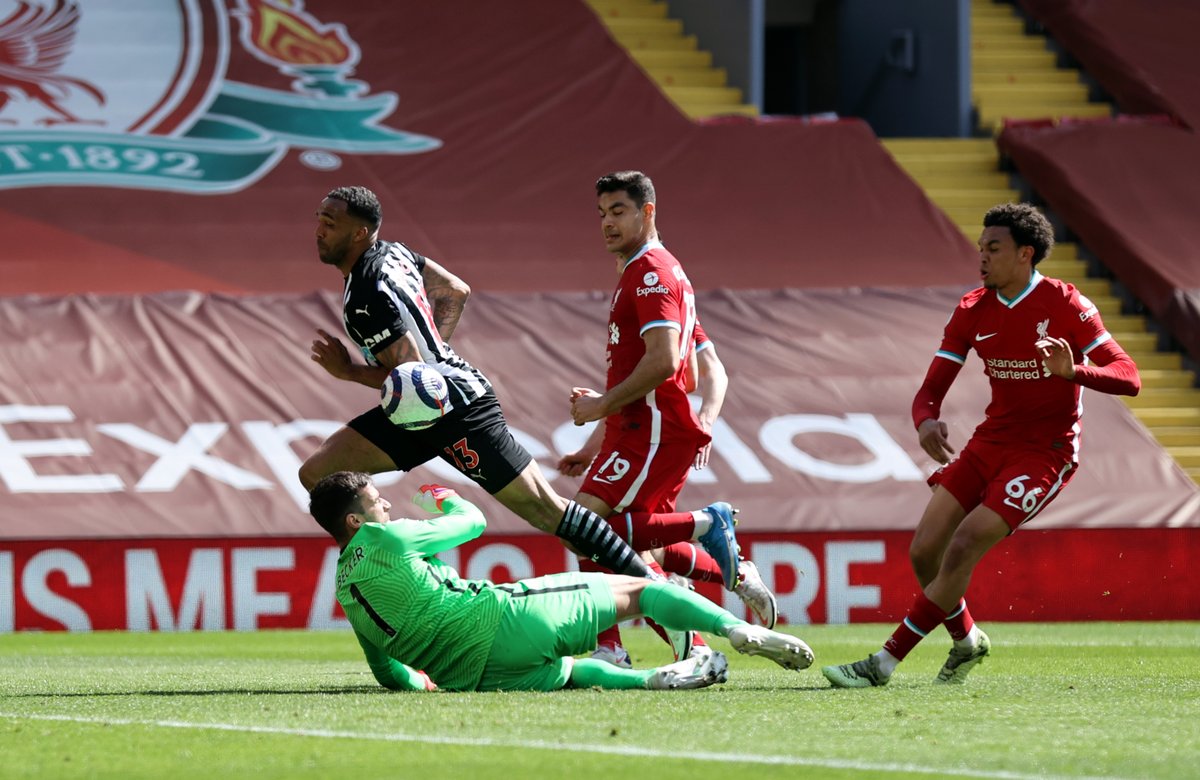
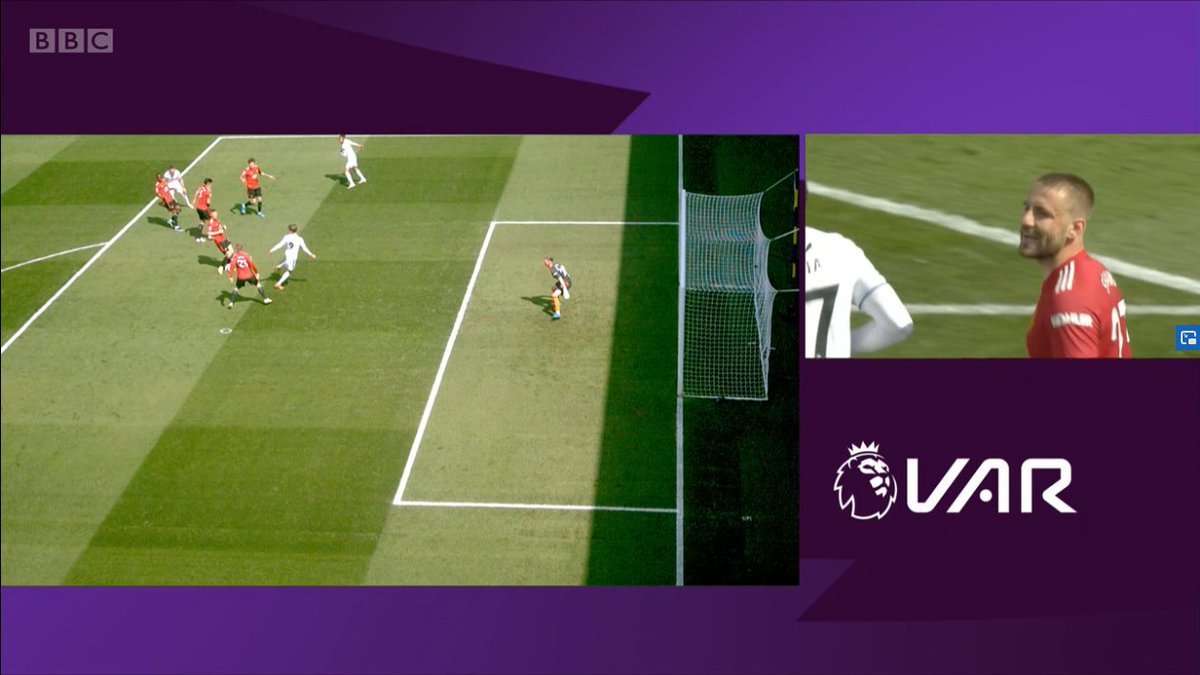

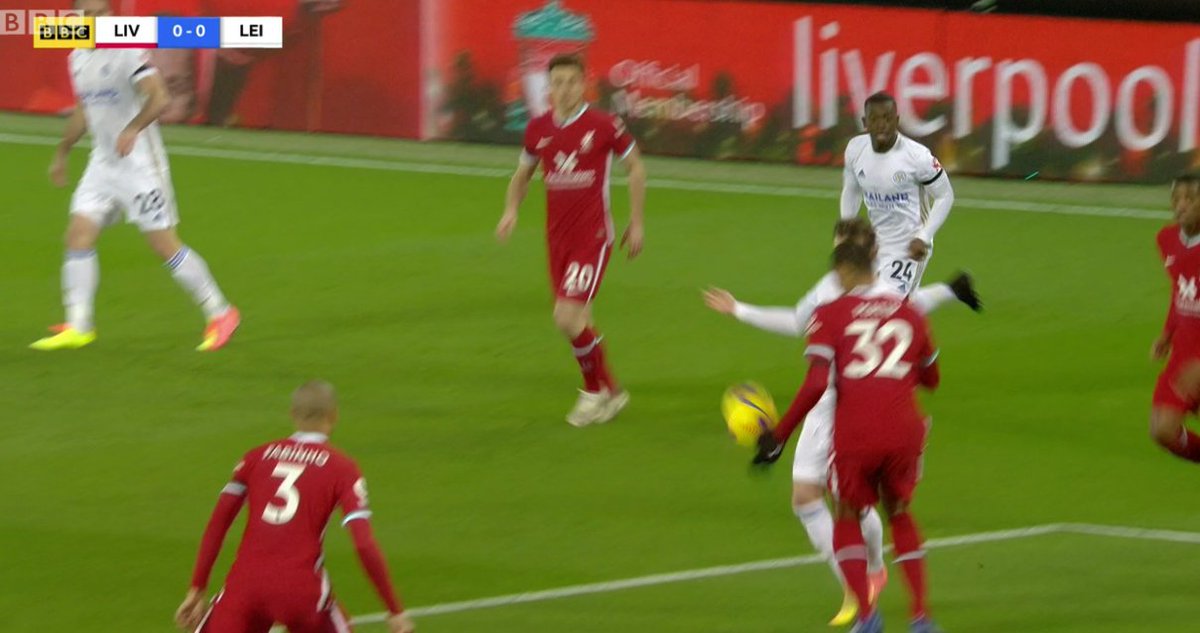
• • •
Missing some Tweet in this thread? You can try to
force a refresh





